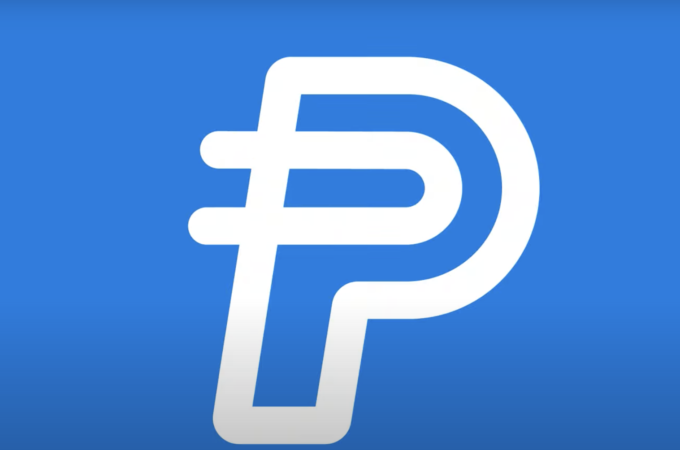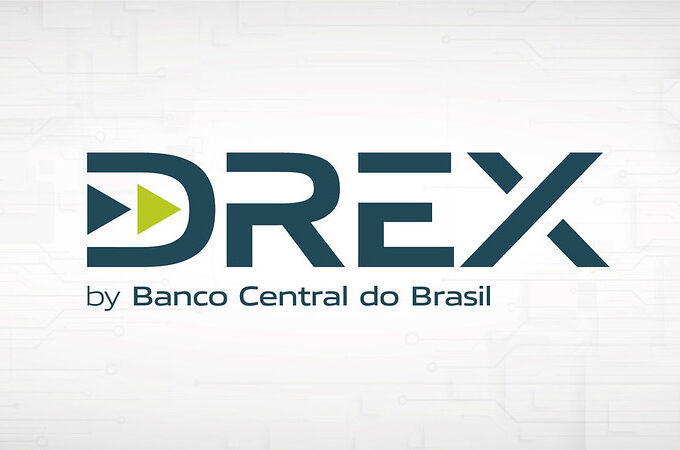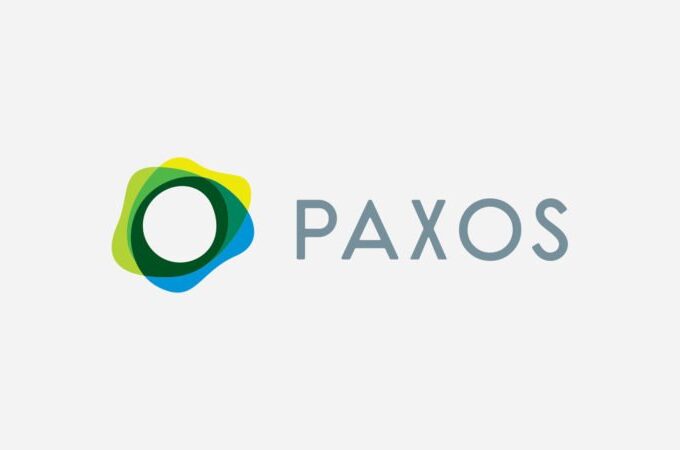
Investing In Blockchain Assets Through Hedge Fund: Pros and Cons
By Alicia Naumoff for CCN
Blockchain assets have emerged as a new class of digital assets allowing investors to get rewards at the protocol level. Blockchain assets have lately been going hand in hand with the concept of ICO, which on the one hand represents a quite efficient fundraising instrument for entrepreneurs around the world. On the other hand, it offers the broad public an opportunity to invest into a new business, eventually getting benefits, depending on the success of that business of course.
Cointelegraph had a chat with Stelian Balta, founder and CEO of HyperChain Capital, who shared his views on the ongoing ICO fever, cleanliness of the industry and investing into Blockchain assets through a hedge fund.
Investment into Blockchain assets gains in popularity
When Satoshi came up with the idea to create a completely decentralized digital currency, could he predict that eventually it would be traded by thousands of people, rivaling gold and traditional currencies and even outperforming them at some point?
The popularity of Bitcoin and other cryptocurrencies as an alternative investment is growing day by day and is very intriguing. Besides, there is also a very peculiar type of Blockchain tokens which are issued during a crowdfunding process or ICO and have gained in popularity significantly as a new form of investment. There have been numerous projects that raised millions of dollars worth of their tokens in just a few minutes, ensuring high returns to early investors.
Balta believes that the ICO model is an innovative way to raise money for entrepreneurs who don’t have the right connections. Besides, it brings tremendous value for investors who don’t have great deal flow.
He shares his own experience:
“Before moving to Singapore, back in Romania it was very hard, almost impossible, to raise money for a technology project. Initial Coin Offerings disrupts venture capital industry in a way that it allows more liquidity to investors and users. In the classic venture capital world, you wait 2-3 years or more for a liquidity event (exit or M&A), while in the ICO model, once the tokens representing profit share or usability in a project are available on exchanges, you can buy more into the investment or sell.”
ICOs don’t work for everything
In theory, a token which is being sold during an ICO should be interacting with business which the token aims to power. Recently we have seen a rise of projects which attempt to connect the digital world with the real economy sector, and are selling tokens to attract funding for real-life projects, which exist not as a protocol, but as something touchable and observable (e.g. expansion of existing production lines, building factories, etc.).
Balta is a bit skeptical of this:
“Initial Coin Offerings started as a way to finance experimental Blockchain technology projects. I don’t think it is a good idea to use the ICO model to finance everything. You cannot use ICOs for everything, exactly like you cannot use Blockchain for everything.”
Balta believes the future looks promising when it comes to funding bold tech ideas and disrupting VC investing, giving entrepreneurs around the world access to capital and offering liquidity to investors. Although less than $1 bln has been invested using the ICO model, more than 40 percent of all Blockchain assets market was financed through the ICO model and, in his opinion, more will come. Balta foresees that in the next 10 years the ICO model will be the best way to finance software protocol projects and technology startups around the world.
Crowdsales democratize the world of investments
It is fair to say that ICOs, as an investment mechanism, bring democracy into the investment world, allowing less connected investors to gain more exposure to great projects. The cryptocurrency market is very inclusive by its nature, basically, anyone with a mobile phone can get involved buying or earning Blockchain assets, securely storing them and eventually benefiting from the growth of technology.
The desire to get rich quickly is what drives people to get involved in investing. There is an opinion that it can be considered as a way to gamble on the future price trend of the cryptocurrency seeking to get some “free money.”
Balta says:
“ICOs offer users or investors a way to participate in a project’s growth and profit. It’s the first time in history when users can get financial benefits using a platform by holding tokens of that platform. Imagine if users would get potential tokens for HTTP (Web protocol) or SMTP (email protocol) when it was invented over 30 years ago…it would have unleashed billions of dollars in value for their users.”
But it’s not all roses and butterflies
However, there are a few issues with crowdsales, as many of them might be quite misleading and even fraudulent. Inexperienced investors might have difficulties distinguishing a project which has real potential from a scam.
Balta says:
“In all industries, there are good and bad actors, and I think pragmatism and careful due diligence from users or investors are required. ICOs started as experiments and now are emerging as a standard way for Blockchain-related companies to get funded and I think some standards will emerge for quality projects to differentiate and to protect users.”
In his opinion, the most important component of a good ICO is the team. The founder and the team should have a great reputation and a long work history together. Also, a great community behind the project is a big plus. Post ICO fund management and the way decisions are made gives a potential project more credibility. Relying on the expert’s opinion when making a decision to invest into Blockchain token can help distinguish good, bad and an ugly ICO. For instance, in an exclusive interview to Cointelegraph, Vitalik Buterin, pointed out that it would help a lot if there were some independent organizations or experts who could evaluate projects and give recommendations concerning investment prospects.
Is there a more secure alternative?
Investing into Blockchain assets through a hedge fund might appear as more secure, as it allows an investor to make a well-weighted decision.
Balta comments:
“Using a hedge fund structure (fixed fee and profit fee) is one of the best ways to have exposure in the ICO market because you can count on a professional team that manages a balanced portfolio of Blockchain assets. It’s really hard for an individual investor to choose and research among hundreds or thousands of projects.”
Investing through a hedge fund might indeed have certain advantages. As pointed out by Balta, investors are getting expert advice as to not only where to invest, but also when, based on anticipated market fluctuations and what can easily ensure a greater chance of receiving a larger return on one’s investments. Given that the individuals behind hedge funds are extremely experienced and knowledgeable in matters of financial investments, they are rather skilled in applying aggressive investment strategies along with complex risk management tools.
Balta explains that for instance, HyperChain Capital team is carrying out an operational risk assessment with the focus on how reliable is the technology or the product that a certain project team has developed.
He explains:
“We are not investing only in plans, we look for great teams having something built with a great vision. There is a lot of risk in this nascent market, so careful due diligence is very important.”
HyperChain Capital’s basic investment strategy implies management of a diversified portfolio of tokens. Balta continues by saying:
“We are looking for solid and reputable founders and great teams behind ICOs. The market for the project is very important, and we mainly target technology projects and software protocols. So far I think we did a great job and one of the reasons is the positive sentiment in the market.”
Of course, even participating in a hedge fund might be not all that rosy. There are a number of issues that have to be addressed carefully, including alignment of interests, high fees for participation and possibly less transparency. If managed successfully, hedge funds are able to take advantage of the benefits associated with investing in hedge fund – improved portfolio risk/return characteristics, access to new return streams and reduced frequency and severity of losses.
Balta points out that ensuring the highest level of transparency for investors is generally achieved through audited Blockchain assets accounts and monthly reports.
Balta is currently working at HyperChain Capital, which claims to be one of the first in the world multi-million dollar digital assets hedge fund focused on Blockchain-related companies, ICOs and organizations that support the development of new technologies and protocols. With the growing regulatory recognition through the development of progressive guidelines and regulatory frameworks for Bitcoin, Blockchain tokens as separate classes of assets, we might very soon see more liquidity into this fast-growing investment market.





